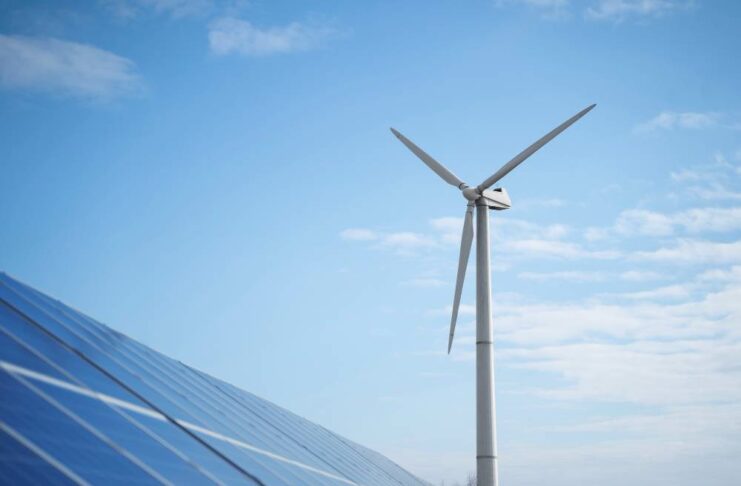Grid Balancing holds the key to ensuring a seamless transition to renewable energy without disrupting the existing lines, networks, and power infrastructure.
The installation of renewable energy projects is rising at an exponential pace. In 2023, global green energy output reached 440 GW, translating into the largest absolute annual increase of 107 GW.
While this swift expansion on the green energy front is commendable, it has resulted in significant challenges for existing infrastructures of power grids and their overall operational management. From integration complexities to managing transition and security, grid operators are contending with a range of critical challenges related to the integration of renewable sources with conventional systems.
So how to overcome these challenges, well, here is an exhaustive list of lessons that can be employed in 2024 to power the expansion of renewable energy to the next level:
Use Forecasting Models Variability is a critical issue associated with renewable sources. Owing to the dependence on weather and climatic conditions, the supply of energy from renewable sources is largely fluctuating and intermittent.
This presents a challenge for grid operators to maintain a constant supply of power amidst constantly changing supply and demand dynamics With the share of green electricity expected to reach 62% globally by 2050, this challenge of unpredictability will acquire proportions of even greater concerns.
To address this issue, power grids must start investing in forecasting models that can help them manage grid imbalances and ensure an uninterrupted supply of energy. Technologies such as AI, ML, and Big Data Analytics can be used to enhance the accuracy of forecasting models, making them more dependable in terms of predicting the complexities of constantly changing supply and demand dynamics.
Apply the distributed approach of a report by the International Energy Agency (IEA) investment required to modernize grids severely lags behind the growth in renewable energy sources. This means the integration of green energy with existing grids will lead to significant losses in transmitting energy – especially over long-distance distribution.
Ageing power grids are also susceptible to mechanical failures and might necessitate the installation of new power lines. To overcome all these challenges, a distributed approach to the generation and consumption of renewable electricity can be adopted at a large scale.
Rather than having a central grid system to store, supply, and manage integration needs, several independent distribution systems can be developed that will help reduce the loads on the central grid while minimizing the losses associated with the distribution of energy over long distances.
This approach will also reduce the vulnerability associated with the blackout arising from the failure of the main grid due to sudden mechanical failure or cyber-attack.
Implement a Bi-directional Approach as the name suggests, the bi-directional principle allows the flow of electricity in two opposite directions.
The approach is especially significant in integrating renewable energy as it equips the grids with enhanced flexibility and allows for managing supply-demand dynamics on a real-time basis.
The bi-directional flow can be achieved with the help of several means including backup storage systems, solar panels, mechanical flywheels, etc. The efficacy of the bi-directional flow can be enhanced with the help of data analytics which further ensures optimizing grids concerning specific demands of regions.
Enforce Security Strategies with digitalization taking center stage, the safety and security of the power grids are emerging as a serious concern for all stakeholders in the energy sector. To effectively protect grids against these vulnerabilities, operators can rely on distributing the entire load of the grid over several small microgrids.
Further, the use of encrypted data, multi-factor authentication, and blockchain can help to keep the power grids from hacking attempts. Moreover, adopting a hybrid storage approach of partly storing data on the cloud and on-premises can also help grids keep security threats at bay.
Build Virtual Plants an integration of offshore renewable projects with the main power grids is a significant challenge and by creating virtual power plants, the issue can be solved with the desired efficiency and effectiveness.
These software-based plants can act as central controlling units and manage entire operations of combining, distributing, and controlling power from different units. These virtual plants can also aid main grids in enhancing performance, net metering, and transfer of extra power for meeting the constantly changing supply-demand dynamics.
While there are many challenges that power grids face in the integration of renewable energy resources, these issues can be solved by using a holistic, coordinated, and collaborated approach among stakeholders of the energy ecosystem. The strategies mentioned above can prove instrumental in achieving the optimum integration and help grids emerge as more dynamic, vibrant, and reliable sources of energy collection, distribution, and transmission among others.




